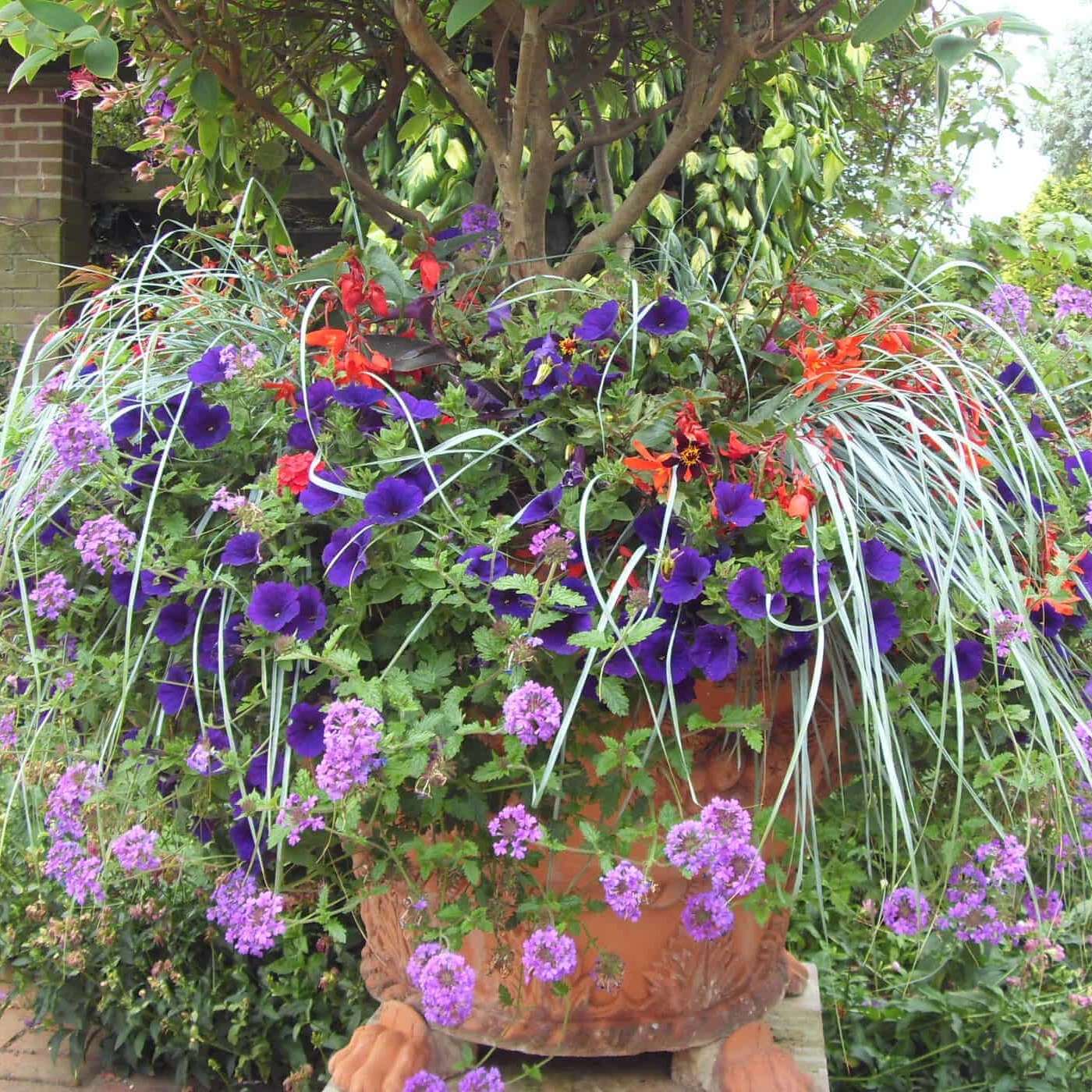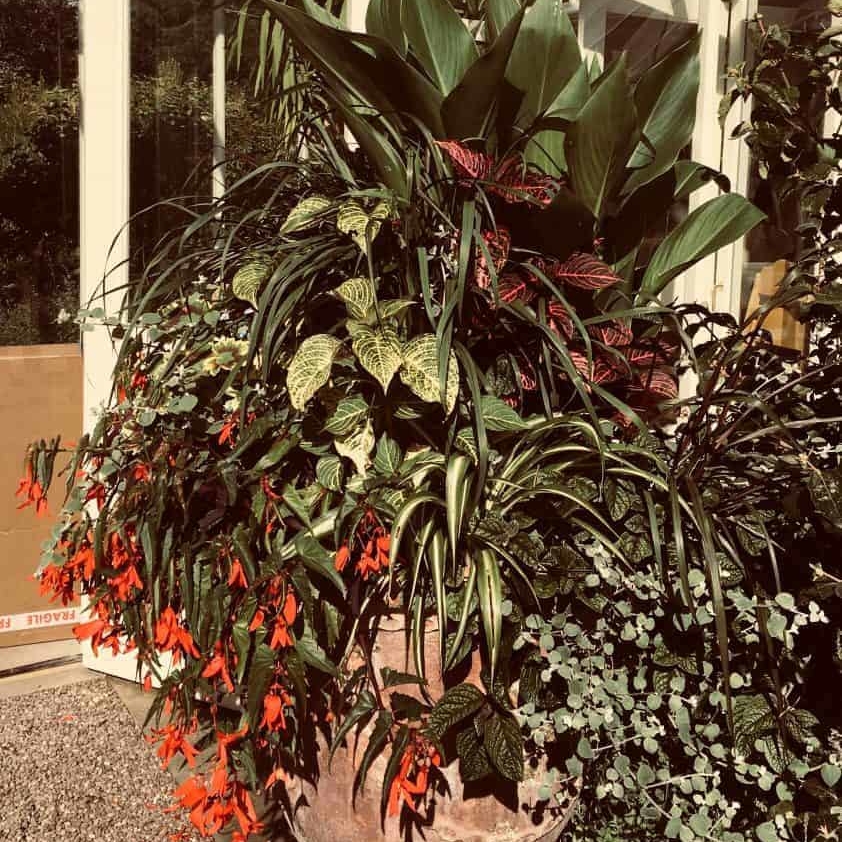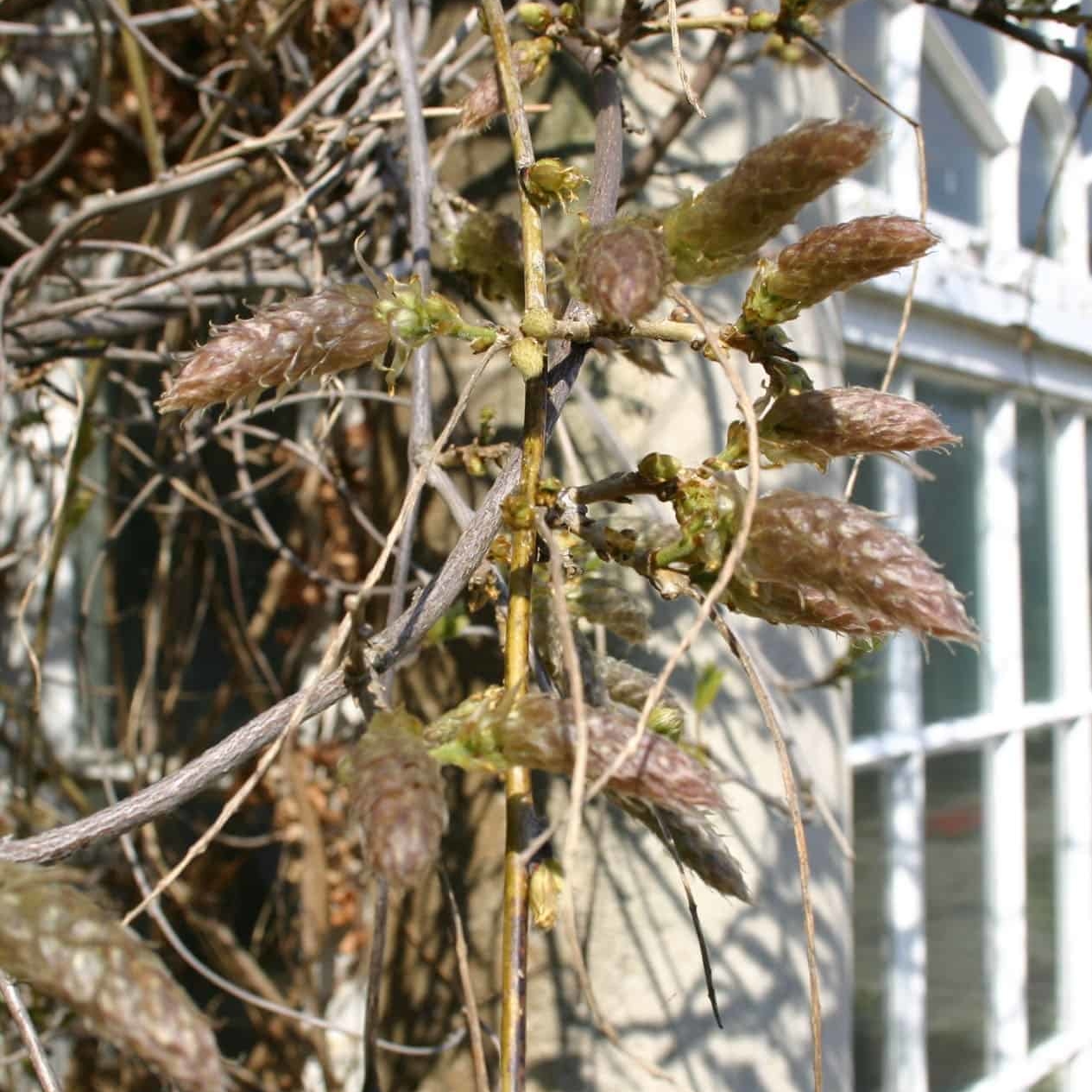Physocarpus is a genus of deciduous shrubs with one prominent species opulifolius that includes several widely available cultivars. The species name opulifolius refers to the leaves of the plant which have three fairly shallow lobes and an overall rounded shape rather like the leaf of the Viburnum opulus.
Native to North America this shrub is well suited to the UK climate and can tolerate a wide range of soil and site conditions but the best foliage colour is seen where it gets good sun for most of the day. A moderately fertile, moist but free draining soil that has a fair humus content is perfect but the shrub has proved reliable on heavier soils and has been unharmed in harsh winters.
All of the readily available cultivars are grown for their colourful foliage through the growing season and spectacular autumn colours (described in more detail below) but the domed clusters of tubular pink flushes flowers borne in late spring to early summer complement the foliage and add interest too.
The flowers attract butterflies and therefore support our wildlife, providing a supply of nectar at the bottom of the tubular flowers and a domed landing pad for butterflies to pause while they take a drink and pollinating the flowers at the same time.
After the flowers striking red clusters of seed pods develop and it is these that contribute to the genus name which means ‘bladder fruit’ in ancient Greek (Physo = bladder, carpus = fruit). These colourful pods also complement the foliage and increase the decorative nature of the shrub for several weeks.
The bark starts to peel with age and has a cinnamon colour. This peeling tendency earns the shrub one of its common names ‘ninebark’. The coppery winter bark extends the interest right through the winter making this genus well worth its place in a mixed or shrub border with a succession of changing interest from the developing foliage, buds, flowers and fruits through to the autumn colour and winter stems.
Noteworthy cultivars include:
‘Diabolo’ – probably the most widely available with dark red/purple leaves and string crimson autumn colour.
‘Dart’s Gold’ – golden foliage and buttery yellow autumn colour, the seed pods are a lime green.
‘Lady in Red’ – deep red/copper coloured foliage during the growing season and crimson autumn colour
Caroline Wright
Caroline brings decades of horticultural experience, both practical and theoretical. Having lectured at Brackenhurst Horticultural University for many years, Caroline has now relocated to France and is following her passion for growing plants and teaching. Caroline and her husband Paul run the plant nursery, propagating all of the plants themselves and lead a wide selection of fun and interactive horticultural and craft based courses.



